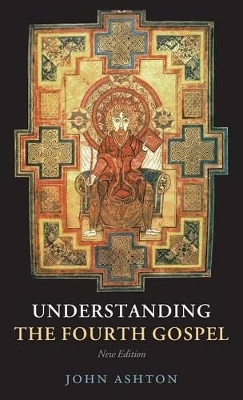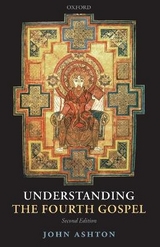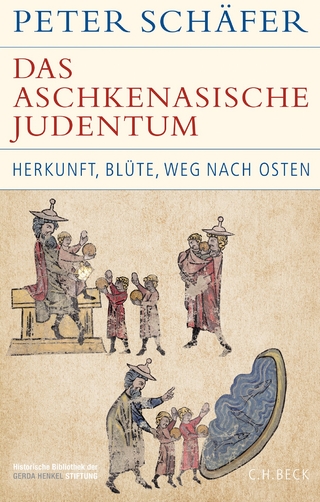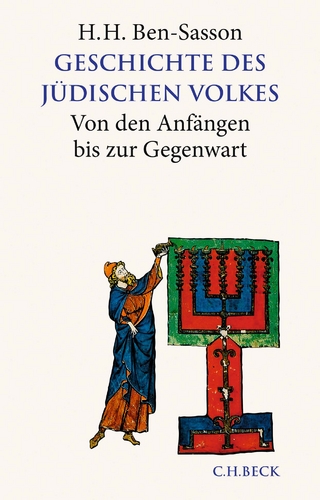
Understanding the Fourth Gospel
Seiten
2007
|
2nd Revised edition
Oxford University Press (Verlag)
978-0-19-929761-0 (ISBN)
Oxford University Press (Verlag)
978-0-19-929761-0 (ISBN)
Zu diesem Artikel existiert eine Nachauflage
A fully revised new edition of a pioneering study of John's gospel. John Ashton argues first that the thought-world of the gospel is Jewish, not Greek, and secondly that the text is many-layered, not simple, and composed over an extended period as the evangelist responded to the changing situation of the community he was addressing.
In this fully revised new edition of a pioneering study of John's gospel, John Ashton explores fresh topics and takes account of the latest scholarly debates. Ashton argues first that the thought-world of the gospel is Jewish, not Greek, and secondly that the text is many-layered, not simple, and composed over an extended period as the evangelist responded to the changing situation of the community he was addressing. Ashton seeks to provide new and coherent answers to what Rudolf Bultmann called the two great riddles of the gospel: its position in the development of Christian thought and its central or governing idea. In arguing that the first of these should be concerned rather with Jewish thought Ashton offers a partial answer to the most important and fascinating of all the questions confronted by New Testament scholarship: how did Christianity emerge from Judaism? Bultmann's second riddle is exegetical, and concerns the message of the book. Ashton's answer highlights a generally neglected feature of the gospel's concept of revelation: its debt to Jewish apocalyptic.
In this fully revised new edition of a pioneering study of John's gospel, John Ashton explores fresh topics and takes account of the latest scholarly debates. Ashton argues first that the thought-world of the gospel is Jewish, not Greek, and secondly that the text is many-layered, not simple, and composed over an extended period as the evangelist responded to the changing situation of the community he was addressing. Ashton seeks to provide new and coherent answers to what Rudolf Bultmann called the two great riddles of the gospel: its position in the development of Christian thought and its central or governing idea. In arguing that the first of these should be concerned rather with Jewish thought Ashton offers a partial answer to the most important and fascinating of all the questions confronted by New Testament scholarship: how did Christianity emerge from Judaism? Bultmann's second riddle is exegetical, and concerns the message of the book. Ashton's answer highlights a generally neglected feature of the gospel's concept of revelation: its debt to Jewish apocalyptic.
John Ashton was formerly University Lecturer in New Testament Studies, and Fellow of Wolfson College, Oxford.
Introduction ; I. GENESIS ; 1. Religious Dissent ; 2. The Community and its Book ; 3. Messiah ; 4. Son of God ; 5. Son of Man ; 6. Messenger of God ; II. REVELATION ; Introduction ; 7. Intimations of Apocalyptic ; 8. The Gospel Genre ; 9. The Story of Wisdom ; 10. Dualism ; 11. Departure and Return ; 12. Passion and Resurrection ; 13. The Medium and the Message
| Erscheint lt. Verlag | 26.4.2007 |
|---|---|
| Verlagsort | Oxford |
| Sprache | englisch |
| Maße | 144 x 224 mm |
| Gewicht | 857 g |
| Themenwelt | Geschichte ► Teilgebiete der Geschichte ► Religionsgeschichte |
| Religion / Theologie ► Christentum ► Bibelausgaben / Bibelkommentare | |
| Religion / Theologie ► Christentum ► Kirchengeschichte | |
| ISBN-10 | 0-19-929761-4 / 0199297614 |
| ISBN-13 | 978-0-19-929761-0 / 9780199297610 |
| Zustand | Neuware |
| Haben Sie eine Frage zum Produkt? |
Mehr entdecken
aus dem Bereich
aus dem Bereich
Herkunft, Blüte, Weg nach Osten
Buch | Hardcover (2024)
C.H.Beck (Verlag)
39,00 €
Von den Anfängen bis zur Gegenwart
Buch | Hardcover (2022)
C.H.Beck (Verlag)
34,00 €



